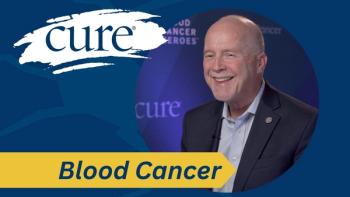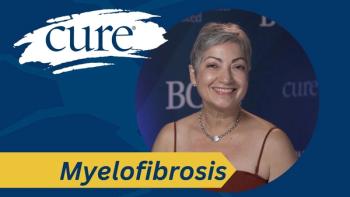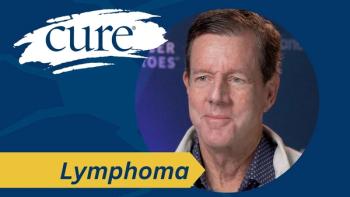
Jaypirca FDA Approval a 'Major Breakthrough' for Mantle Cell Lymphoma
An expert discusses the value of Jaypirca’s recent accelerated FDA approval for relapsed/refractory mantle cell lymphoma, as well as where treatment may go next.
The approval was based on a study for patients previously treated with at least two one lines of therapy, one of which must have been a Bruton Tyrosine kinase (BTK) inhibitor. Patients who relapse after an initial line of chemo or immunotherapy are often treated with a BTK inhibitor but had little options for new therapies if their mantle cell lymphoma progressed afterwards before the Jaypirca approval.
Dr. Benjamin Lampson, an oncologist specializing in lymphoma research at the Dana-Farber Cancer Institute in Boston, explained that while Jaypirca is still a BTK inhibitor, it functions differently than other currently approved treatments, which is what makes it effective for those whose disease is refractory to other BTK inhibitors.
“(Jaypirca) is the first approved reversible BTK inhibitor (meaning that it binds reversibly to the BTK protein target, rather than irreversibly) and as such stands alone as a new arrival on the treatment landscape for mantle cell lymphoma,” he said. “(Jaypirca) is a major breakthrough because it represents a new line of therapy in mantle cell lymphoma, i.e. a new treatment for patients whose disease has progressed on other therapies and who may not have had many other options available. Specifically, it is effective in patients whose disease has progressed on other BTK inhibitors. Importantly for patients, since (Jaypirca) works slightly differently than all currently approved BTK inhibitors for mantle cell lymphoma, it can be effective when those drugs are not.”
Side effects from taking Jaypirca include fatigue, diarrhea and bruising in approximately a quarter of patients. While 18.6% of patients included in the study saw severe neutropenia, or abnormally low white blood cell count (which mantle cell lymphoma already affects), Lampson said this side effect was easily manageable by adding a neutrophil growth factor to treatment plans or adjusting Jaypirca dosage.
Though currently approved exclusively for patients previously treated with other BTK inhibitors, data from the initial study suggests Jaypirca may be a similarly effective treatment for mantle cell lymphoma patients who have never received such lines of therapy since they function in similar ways.
Lampson emphasized that while the Jayprica approval will be of great benefit to those patients who had few new options after BTK inhibitor treatment, more research and new therapies are vital to the continued improvement of mantle cell lymphoma treatment.
“While (Jaypirca) is an effective therapy, there is not currently evidence to suggest that it cures mantle cell lymphoma, and thus eventually patients may need additional lines of therapy,” he concluded. “For some patients this may include treatment options such as CAR T cells (e.g. [Tecartus] brexucabtagene autoleucel). However, some patients may not be candidates for CAR T cells or may have already received CAR T cells. Thus, disease that has relapsed after (Jaypirca) will in many cases represent an unmet need and an area where there will be intense research. This will include research to obtain a better understanding of how mantle cell lymphoma develops resistance to BTK inhibitors such as (Jaypirca) and ways to target those resistant cells.”
For more news on cancer updates, research and education, don’t forget to




